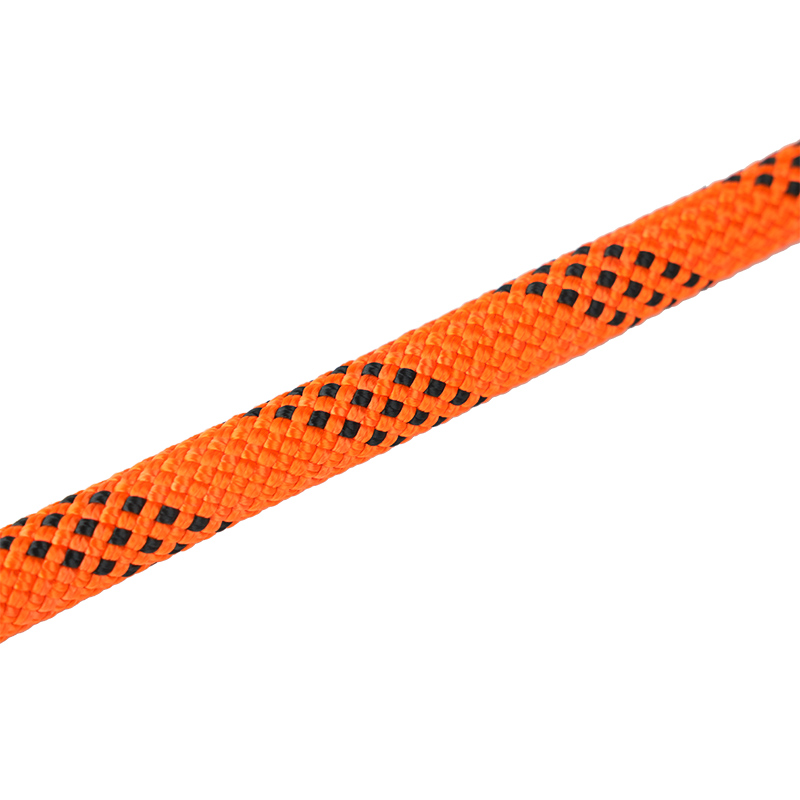In any high-risk vertical environment—whether scaling rock faces, working on industrial sites, or navigating rescue operations—personal fall arrest systems are not just equipment. They're lifelines. Among the essential trio in this setup—safety ropes, harnesses, and carabiners—each plays a distinct role. But it's their integration that forms the backbone of reliable fall protection.
The Role of the Safety Rope
At its core, a safety rope is engineered to arrest falls, absorb shock, and support weight. Yet, it’s more than a mere tether. Static ropes, with minimal stretch, are preferred for work positioning and rescue, offering predictability. Dynamic ropes, with built-in elasticity, are essential for climbing, cushioning the blow of a fall.
However, a rope alone offers no protection. Its potential is fully realized only when it’s meticulously connected to a harness and anchored securely through carabiners.
Harness: The Wearable Anchor Point
A harness isn’t just gear—it’s the personal interface between human and system. Designed to distribute force across the body’s strongest points (thighs, hips, shoulders), the harness provides comfort during suspension and protection during abrupt falls. The attachment point—typically a D-ring located at the chest or back—serves as the hub for the rope-to-human connection.

Precision is critical. A poorly fitted harness can be as dangerous as no harness at all. It must sit snugly, without impeding mobility, and must remain in position under load. Comfort is important; correct configuration is non-negotiable.
Carabiners: The Tactical Link
Carabiners are deceptively simple. These small metal connectors are built to handle tremendous force and provide quick, secure linkage between the harness and rope. Not all carabiners are equal—locking mechanisms vary (screw-lock, auto-lock, twist-lock), and the choice must align with the environment and load requirements.
Strength ratings, expressed in kilonewtons (kN), dictate a carabiner’s capacity. Misaligned loading or accidental gate openings can catastrophically reduce effectiveness, so correct orientation and locking confirmation are essential every time.
Integration: The Symphony of Safety
Integration begins with anchoring—either the rope is pre-secured to a fixed point, or it's designed for mobility along a track or line. From there, the rope typically passes through an energy absorber or deceleration device, which reduces force in a fall. It then connects to the carabiner, which in turn clips into the harness’s designated point.
Each connection must be verified—manually locked, properly oriented, and free of wear or damage. This sequence, repeated with ritualistic precision, creates a dynamic but dependable safety ecosystem.
In specialized applications, advanced integration systems are used—guided-type fall arresters, mobile rope grabs, and self-retracting lifelines. Each of these systems still hinges on the harmonious union of rope, harness, and carabiner.
Integration is not simply a matter of hardware compatibility. It’s a choreography of human awareness, mechanical reliability, and procedural discipline. A single failure—a frayed rope, an unlocked carabiner, a misfitted harness—can render the entire system moot.
The synergy between safety ropes, harnesses, and carabiners determines whether a system will perform under pressure. And in this realm, performance isn’t a luxury—it’s a mandate.